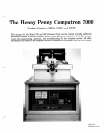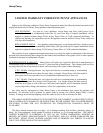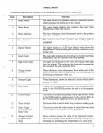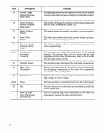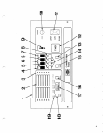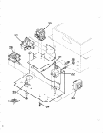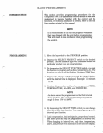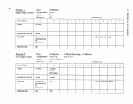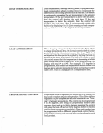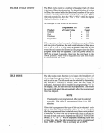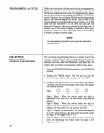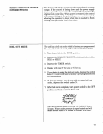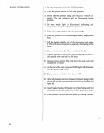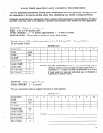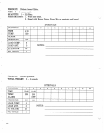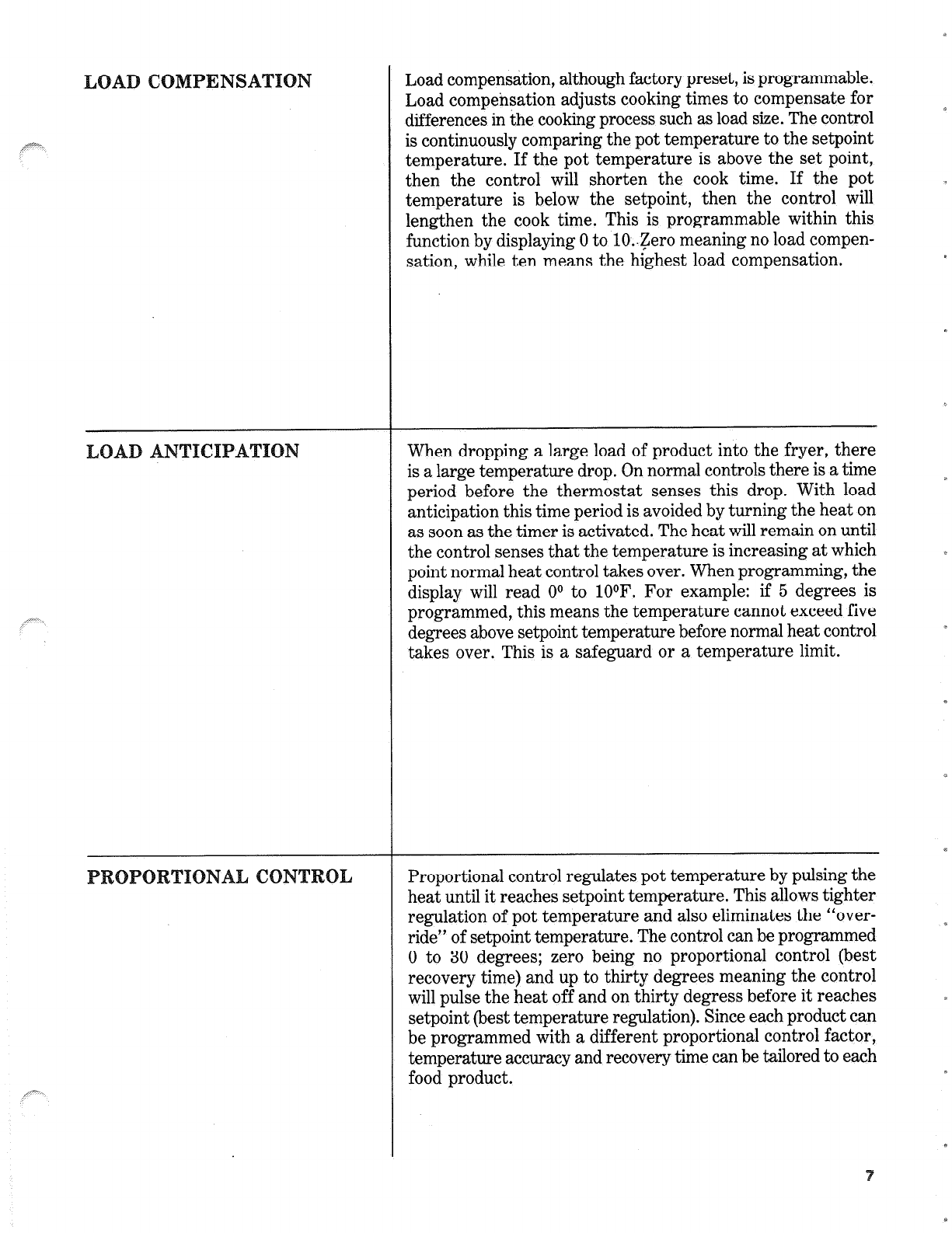
NS
Load compensation, although factory preset, is programmable.
Load compensation adjusts cooking times to compensate for
differences in the cooking process such as load size. The control
is continuously comparing the pot temperature to the setpoint
temperature. If the pot temperature is above the set point,
then the control will shorten the cook time. If the pot
temperature is below the setpoint, then the control will
lengthen the cook time. This is programmable within this
function by displaying 0 to lO..qero meaning no load compen-
sation, while ten means the highest load compensation.
When dropping a large load of product into the fryer, there
is a large temperature drop. On normal controls there is a time
period before the thermostat senses this drop. With load
anticipation this time period is avoided by turning the heat on
as soon as the timer is activated. The heat will remain on until
the control senses that the temperature is increasing at which
point normal heat control takes over. When programming, the
display will read 00 to lOOF. For example: if 5 degrees is
programmed, this means the temperature cannot exceed five
degrees above setpoint temperature before normal heat control
takes over. This is a safeguard or a temperature limit.
Proportional control regulates pot temperature by pulsing the
heat until it reaches setpoint temperature. This allows tighter
regulation of pot temperature and also eliminates the “over-
ride” of setpoint temperature. The control can be programmed
0 to 30 degrees; zero being no proportional control (best
recovery time) and up to thirty degrees meaning the control
will pulse the heat off and on thirty degress before it reaches
setpoint (best temperature regulation). Since each product can
be programmed with a different proportional control factor,
temperature accuracy and recovery time can be tailored to each
food product.
c



